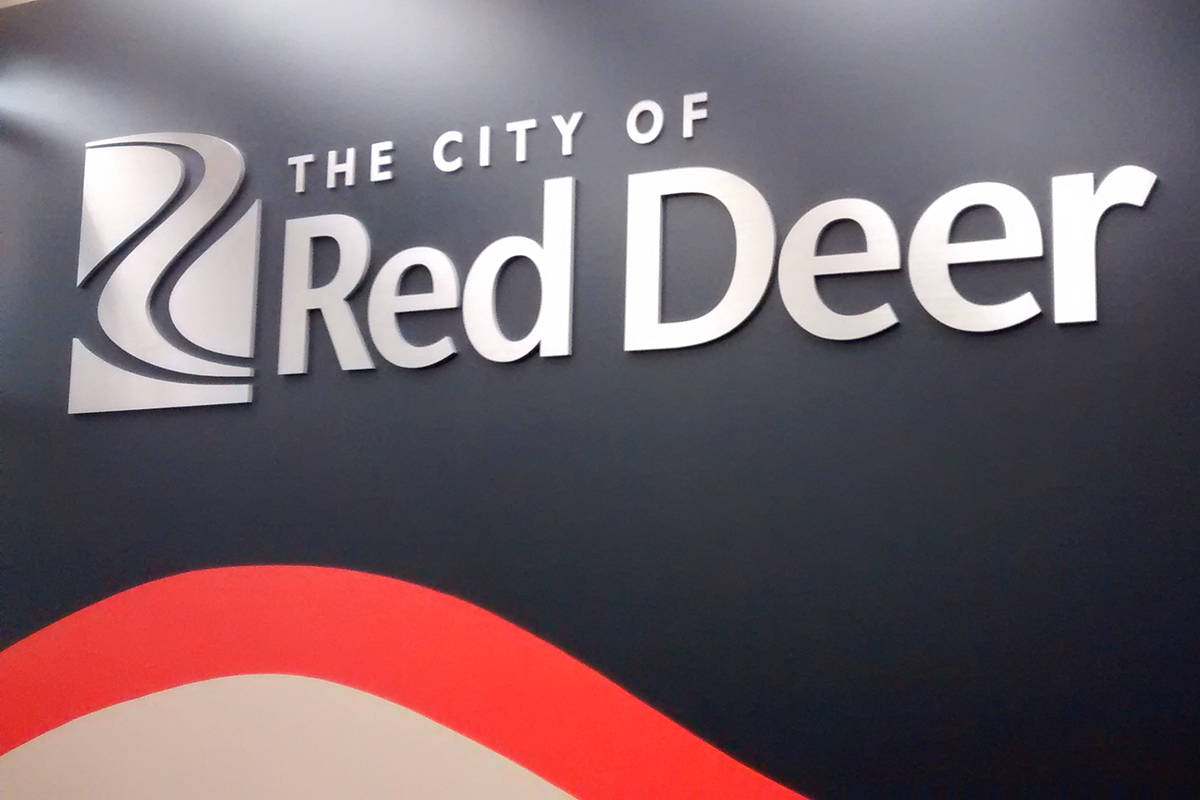February was the coldest one on record in Red Deer in 105 years and the extreme cold has been causing problems for the City’s water system.
Environmental Construction Superintendent D.J. Brough said City crews have received calls for 16 frozen water service lines and 12 water leaks from Feb. 1st to March 8th.
This is more than usual considering the yearly average for water leaks is 60.
“This is the longest cold snap that I can remember,” he said. “I’ve been working for the City of Red Deer since 2003 so it’s the worst one I can remember.
When Red Deer experiences extreme cold and then more mild weather, the ground begins to shift and pipes start snapping, explained Brough.
The City’s water pipes are about two metres underground. The extreme cold drives the frost into the ground making the pipes move, increasing the frequency of water leaks.
The broken pipes have resulted in more work in frigid conditions for the staff, Brough said. The staff work every day but the increase in pipe breaks results in more overtime hours.
“It takes a long time to get through the frozen ground so there has been some increase in overtime so not only are they working forty hours a week in this weather, they are having to work longer than that just to get the water turned back on for our residents.”
The water breaks occur in the older parts of the City that have metal water pipes whereas the newer parts have plastic pipes, he said.
And there is a reason this February felt colder than usual this year.
With an average temperature of -21.3 C, this was the coldest February on record in 105 years, according to Environment and Climate Change Canada Meteorologist Brian Proctor.
The cause of the continuous cold snap was cold arctic air masses coming down from the North and Siberia and stalling over the Alberta prairies, locking in those cold temperatures, he explained.
“It wasn’t the fact that we don’t see cold other times of the year but that it just stabilized in that pattern to really stagnate over top of us.
“We had a couple of warming trends during the month where it moderated a little bit and that’s when the domes of arctic air pushed past Red Deer before the next one came down and really reinforced those cold temperatures.”
Although the weather generally warms up in March as the sun gets higher in the sky, Proctor said the forecast predicts a cooler spring than normal this year.
So what does all this mean for global warming?
We will be seeing more extremes in weather patterns.
Proctor said during the cold spell in Central Alberta, Western Europe had a very mild winter and the Southern Hemisphere had one of the warmest summers in recent history.
“One thing our models are suggesting is that we should be seeing more of these extremes moving forward and maybe this is a consequence of what we are seeing more extremes that aren’t directly related to global warming but are what our models are suggesting in the future.”
Nunavut had the third warmest February on record, reporting an average temperature of – 16 C versus the average – 25.5 C.



